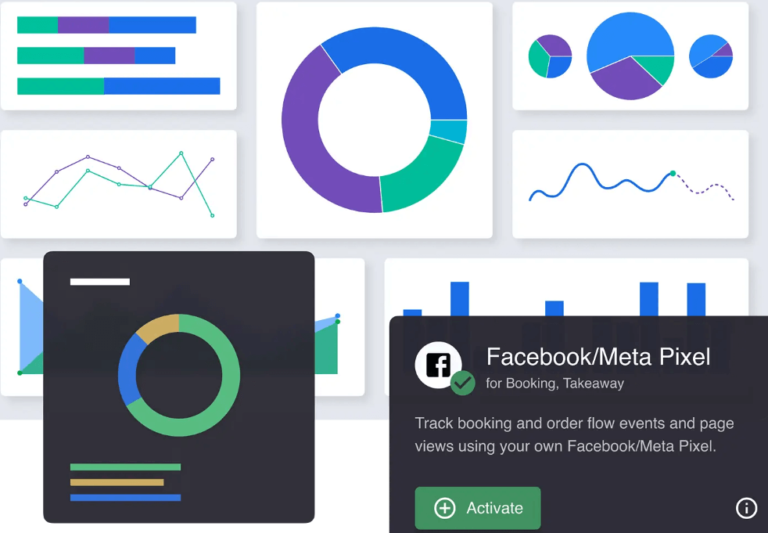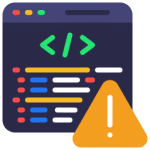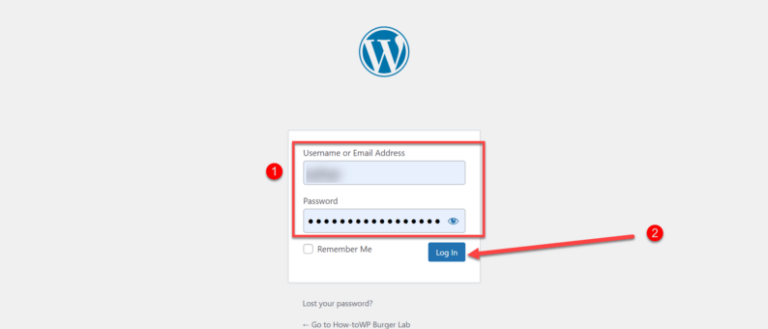If you’re using WordPress to manage your website, you’re already working with one of the most flexible and powerful content management systems available. But did you know you can take full control and modify your WordPress site admin to make it more efficient, user-friendly, and tailored to your specific needs?
In this step-by-step guide, we’ll show you exactly how to modify your WordPress site admin—whether you want to change the look of the dashboardIn WordPress, the Dashboard is a central hub for managing a website’s content and settings. It is the first sc… More, add or remove admin menuIn WordPress, a menu is a collection of links that are displayed as a navigation menu on a website. Menus are … More items, or customize user rolesIn WordPress, a user role is a set of permissions that determines what actions a user can perform on a website… More. And don’t worry if you’re not a developer—we’ll cover both plugin-based solutions and manual methods, so you can pick what works best for your skill level.
Let’s dive in!
Why Customize the WordPress Admin Panel?
When you first log into WordPress, the admin area (aka the dashboard) shows you a default set of menusIn WordPress, a menu is a collection of links that are displayed as a navigation menu on a website. Menus are … More and widgetsA widget is a small block of content that performs a specific function and can be added to certain areas of a … More. This is fine for beginners, but as your site grows—or if you’re building a site for a client—you’ll likely want a more streamlined experience.

Here are a few good reasons to customize your WordPress dashboardIn WordPress, the Dashboard is a central hub for managing a website’s content and settings. It is the first sc… More:
- Better Usability: You can remove clutter and prioritize the tools you use most.
- Enhanced Security: Hide or restrict access to certain admin features for different users.
- Client Branding: If you’re building sites for clients, a branded admin area looks more professional.
- Improved Workflow: Tailor the dashboard to match how you and your team work.
Customizing the WordPress admin interface helps turn a one-size-fits-all dashboard into something more powerful and personalized.
Accessing the WordPress Admin Panel
Before you start customizing, make sure you’re comfortable accessing the WordPress admin panel. Just go to:
yourwebsite.com/wp-adminFrom here, you’ll log in with your WordPress username and password. Once inside, you’ll see the main admin dashboard. Depending on your role (Administrator, Editor, Author, etc.), you may have access to different features.
If you’re the site admin or have administrator privileges, you’re good to go for customizing!
How to Modify the WordPress Admin Panel
There are two main ways to customize your WordPress admin area:
- Using plugins (no coding needed)
- Manual customization with code (ideal for developers)
Let’s walk through both methods so you can choose the best one for your needs.
Method 1: Using Plugins (No Coding Required)
Plugins are the easiest way to modify your WordPress admin panel, especially if you’re not a developer.
Here are some of the best admin panel plugins for WordPress:
1. Admin Menu Editor
- Allows you to rearrange, hide, or rename menu items in the admin sidebar.
- Drag-and-drop interface.
- Useful for simplifying the dashboard for non-technical users.
How to do it?
- Install and Activate the PluginA plugin is a software component that adds specific features and functionality to your WordPress website. Esse… More

- Access the Menu Editor Settings
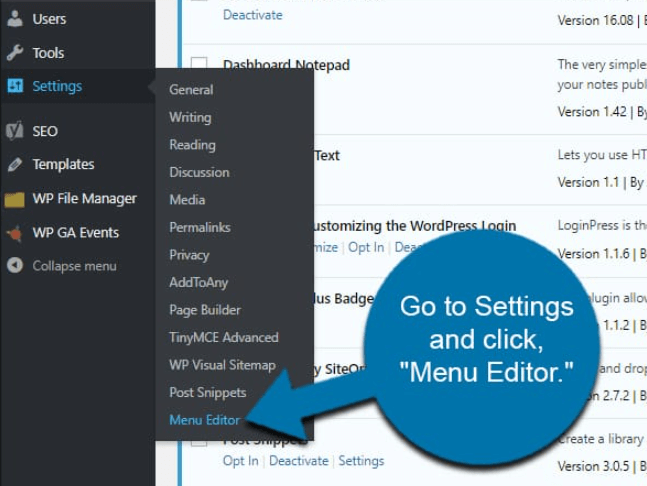
- Adjust and Configure Settings
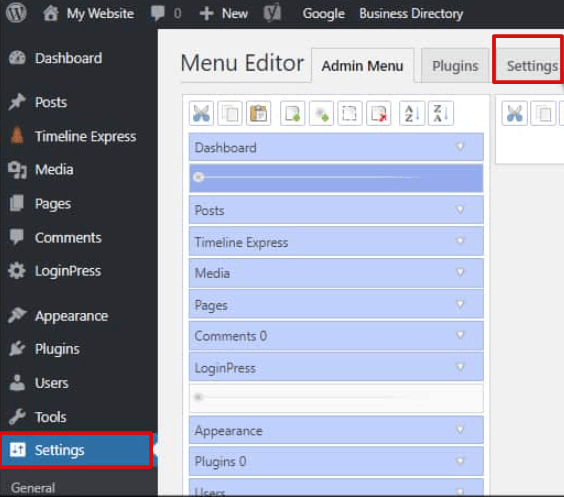
- Modify the Admin Menu
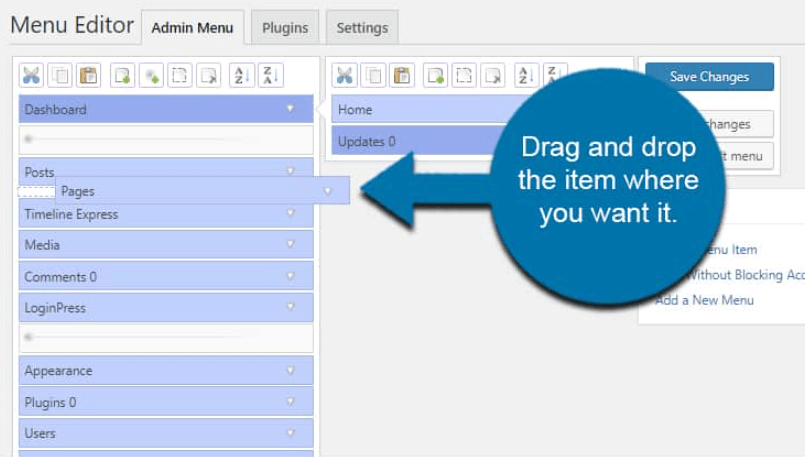
Save All Changes
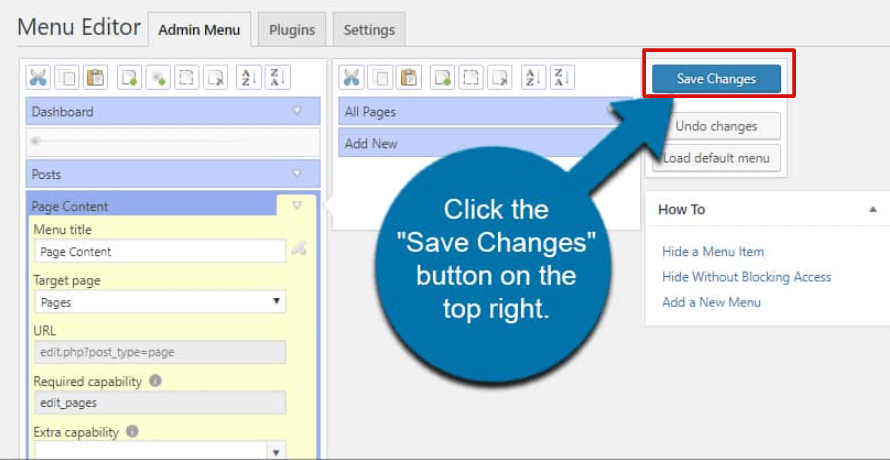
2. White Label CMS

- Perfect for agencies or freelancers.
- Customize the login pageIn WordPress, a page is a content type that is used to create non-dynamic pages on a website. Pages are typica… More, dashboard widgets, footer text, and more.
- Add your own logo and branding.
3. WP Admin UI Customize
- Offers complete control over dashboard layout, login screen, toolbar items, and more.
- You can assign different settings based on user roles.
💡 Pro Tip: Before installing any plugin, make sure it’s compatible with your version of WordPress and has positive reviews.
These plugins allow you to customize your WordPress dashboard without touching a line of code—and you can always revert changes if needed.
Method 2: Manual Customization with Code (Advanced Users)
If you prefer to take a hands-on approach, you can modify the admin area by adding code snippets to your theme’s functions.php file or a custom plugin.
Here are a few useful tweaks:
🧹 Remove Unnecessary Dashboard Widgets
function remove_dashboard_widgets() {
remove_meta_box('dashboard_quick_press', 'dashboard', 'side');
remove_meta_box('dashboard_recent_drafts', 'dashboard', 'side');
}
add_action('wp_dashboard_setup', 'remove_dashboard_widgets');✏️ Change the Login Logo
function custom_login_logo() {
echo '<style type="text/css">
h1 a { background-image:url('.get_bloginfo('template_directory').'/images/custom-logo.png) !important; }
</style>';
}
add_action('login_head', 'custom_login_logo');📋 Modify the Admin Footer Text
function custom_admin_footer() {
echo 'Customized by YourCompanyName. Powered by WordPress.';
}
add_filter('admin_footer_text', 'custom_admin_footer');This method gives you full control, but it does require some familiarity with PHP. Before editing any themeA WordPress theme is a set of files that determine the design and layout of a website. It controls everything … More files, it’s essential to back up your WordPress site to avoid losing important data. We recommend using a reliable plugin like UpdraftPlus, which allows you to schedule automatic backups and easily restore your site if something goes wrong. Ideally, test your changes on a staging site first to prevent any live-site issues.
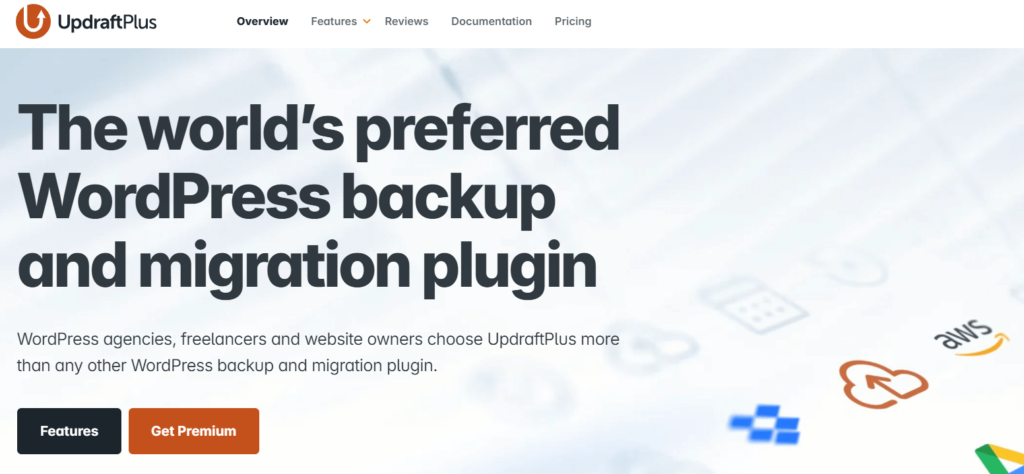
Customizing User Roles and Permissions
WordPress comes with default user roles like Administrator, Editor, Author, Contributor, and Subscriber. But sometimes, you need more control over who can do what.
To customize user roles and permissions, try the User RoleIn WordPress, a user role is a set of permissions that determines what actions a user can perform on a website… More Editor plugin. It allows you to:
- Add new roles
- Modify capabilities (like who can publish postsA post is a type of content in WordPress, a popular open-source content management system used for creating an… More or manage plugins)
- Restrict access to admin features for lower-level users
Or, if you’re comfortable with code:
add_role('custom_editor', 'Custom Editor', array(
'read' => true,
'edit_posts' => true,
'delete_posts' => false,
));Use this power wisely—limiting permissions can protect your site from accidental (or intentional) changes.
🔐 Security Tip: Don’t give admin access to users unless absolutely necessary.
Changing the Look with Admin ThemesA WordPress theme is a set of files that determine the design and layout of a website. It controls everything … More
Want your admin dashboard to look completely different? You can install a WordPress admin theme.
These are plugins or styles that override the default WordPress design:
Popular Admin Themes:
- Slate Admin Theme – Offers a clean, modern dark look.
- Material WP – Brings Google’s Material Design to your dashboard.
- Fancy Admin UI – A lightweight option for a more stylish dashboard.
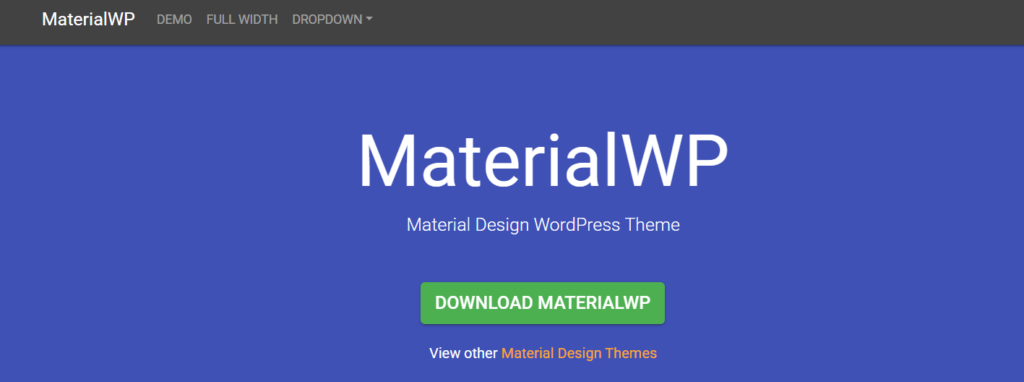
These themes are mostly cosmetic but can help with branding or simply making the dashboard easier on the eyes.
🎨 You can also add custom CSS using plugins like Admin CSS MU to tweak the design exactly how you want it.
Best Practices for Modifying WordPress Site Admin
While it’s exciting to tailor your admin area, here are a few best practices to keep in mind:
- Keep it simple: Don’t remove too many features—you or your team may need them later.
- Use staging environments: Always test changes before applying them to a live site.
- Update regularly: Make sure your plugins and themes stay compatible with WordPress updates.
- Focus on security: Avoid giving full admin rights to everyone.
- Backup before changes: Whether you’re using plugins or code, always create a full site backup first.
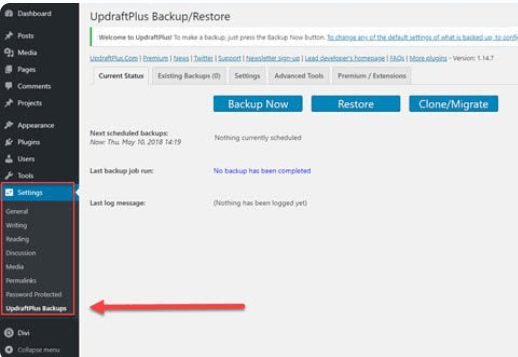
Conclusion: Start Customizing Your Admin Today
Now that you know how to modify your WordPress site admin, it’s time to put your knowledge into action.
Whether you’re a blogger trying to streamline your tools or a web designer building a polished admin experience for clients, you have everything you need:
- Use plugins for quick and easy changes
- Tweak with code for deeper customization
- Fine-tune user roles and admin themes for full control
With just a few adjustments, your WordPress dashboard can go from generic to genius.
So go ahead—log in to your admin panel and start customizing today. Your future self (and your users) will thank you.
🚀 Want a faster site and a fully managed experience?If you’re ready to modify your WordPress site admin without lifting a finger, our hosting packages are built for you. Get fast WordPress hosting plus done-for-you updates—click the button below to explore your options!

